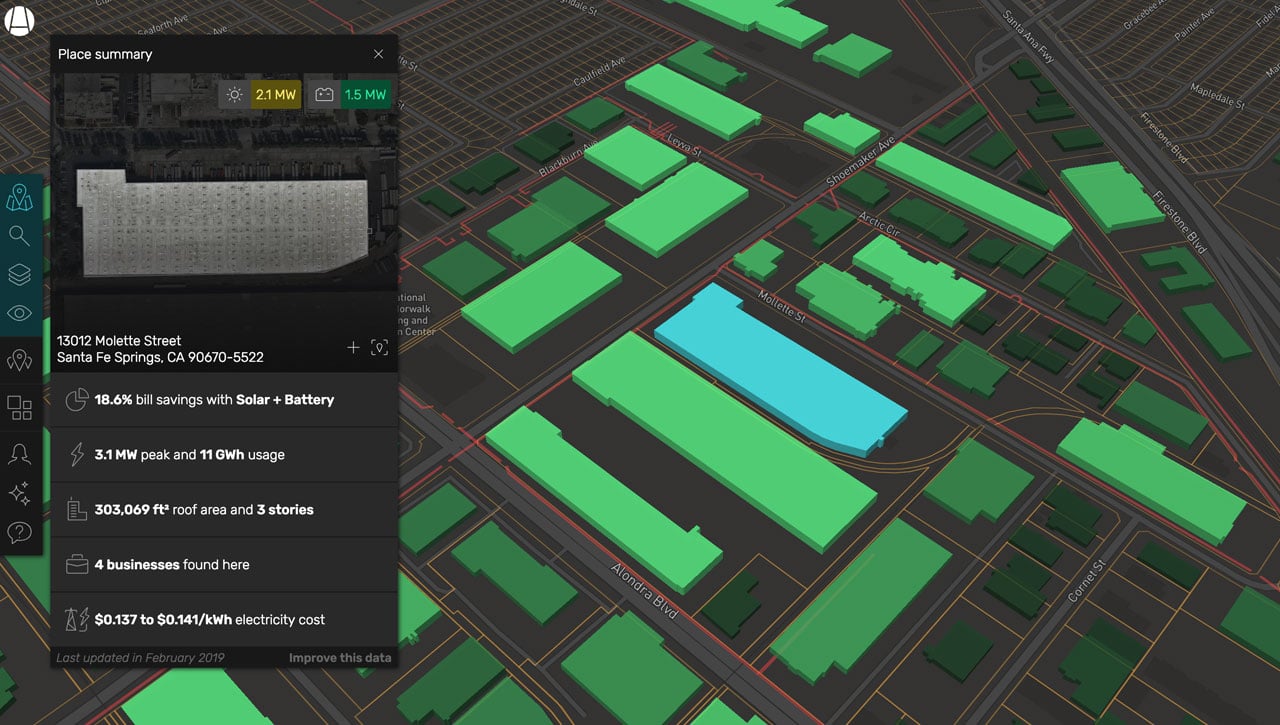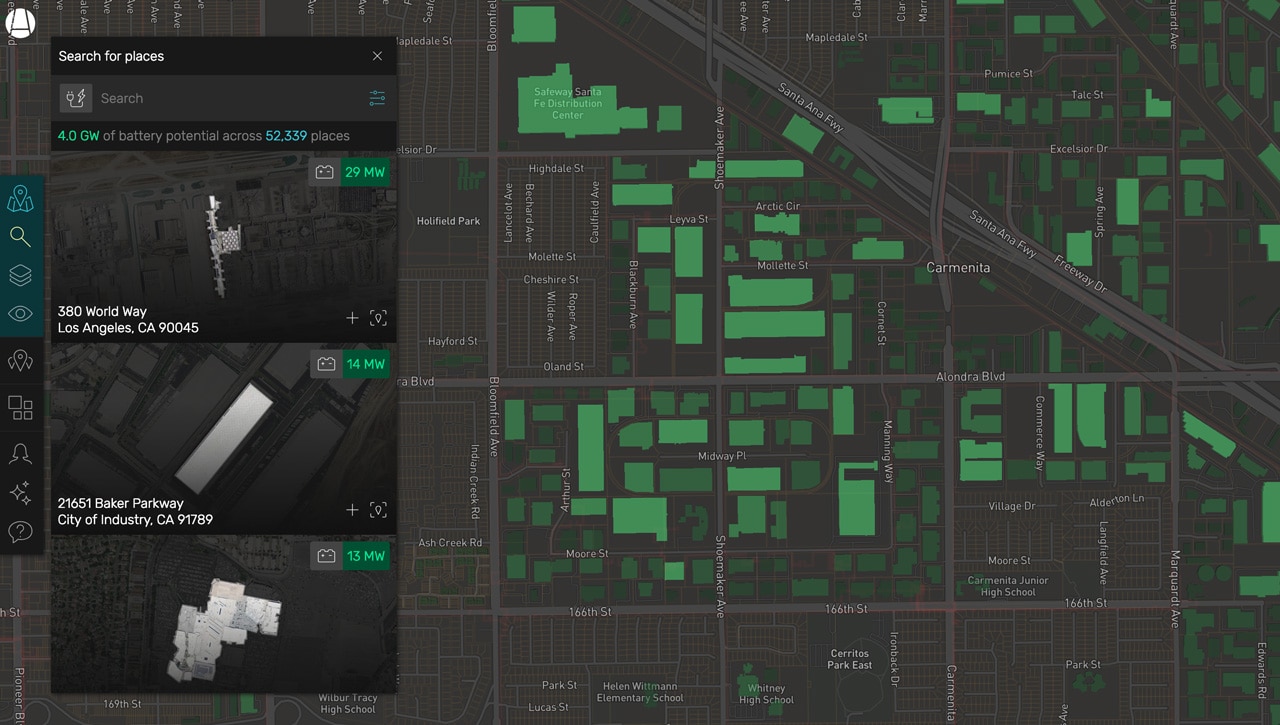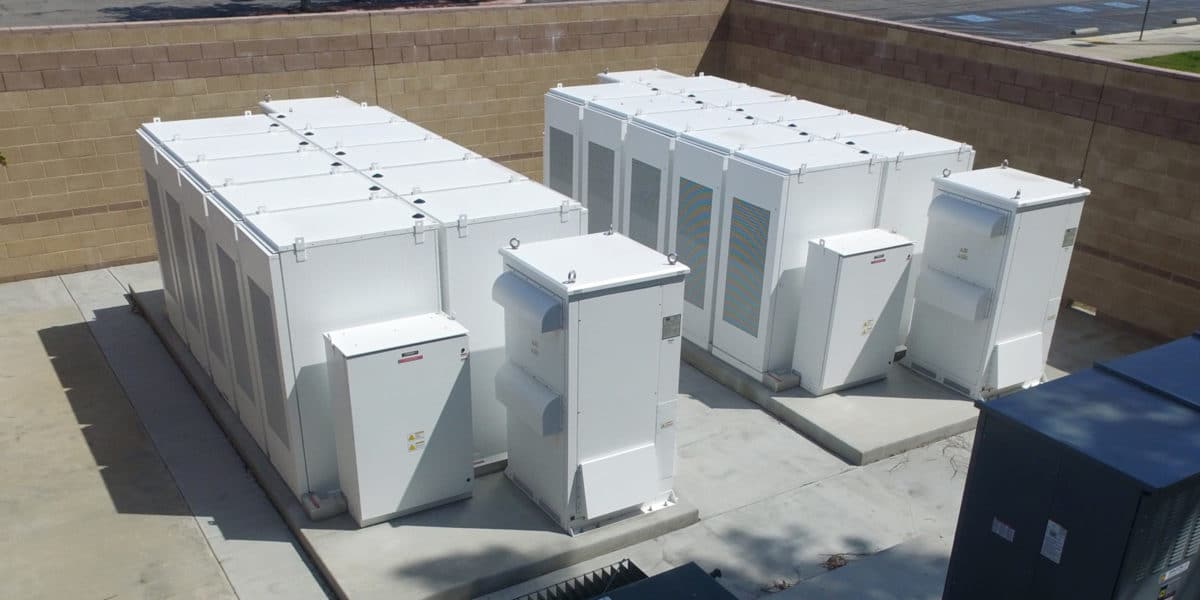A new analysis by Station A, co-authored with Stem and SunRun, Gigawatt-Scale Customer-Sited Potential (pdf) suggests that 9.2 GW of the California Independent System Operator’s (CAISO) required 47.5 GW of “Resource Adequacy” could be met by customer-sited solar+storage. In total, it would require approximately 48 GWdc of rooftop solar power, and 21 GW / 42 GWh of battery storage, to meet the requirement.
The study looked at individual rooftops within the state, in essence building a grid from the rooftop up. This also means, much to the chagrin of the competition, that both SunRun and Stem have a database of every single structure in the state, with a full design proposal, on which to focus a sales team.

Resource Adequacy is a tool used by state level commissions that dictate how much power generation capacity utilities must have on hand to meet local needs. And this is not the first progress in this area, as SunRun recently won a contract for 20 MW of residential solar+storage to meet capacity needs on the New England grid.
The document notes:
Every C&I property (over 10,000 ft2) was modeled with stand-alone solar, stand alone storage, and solar paired with storage, and we selected the product combination with the highest savings for the customer. Where solar and storage were sited together, we modeled cost savings from both the ITC and SGIP.
Here is a subset of the system deployments from the document, showing solar, storage, and resource adequacy potential, and including a breakdown of how the customer will be able to use, or not use, the solar+energy storage resources for its own uses directly:

The analysis specifically went after installations that were deemed technically and economically viable opportunities. For instance, the document notes that NREL suggests 129 GW technical potential of rooftop solar capacity, whereas this report suggests that about 48 GW of that has an economic potential.
For instance, from the maximum technical potential, the analysis limited the ESS power capacity to 100% of the customer’s peak load when paired with solar, and 50% of the customer’s peak load when not paired with solar. It was assumed all ESS to have a 2:1 ratio of MWh to MW.
Then an economic filter was applied:
- Estimate a Power Purchase Agreement (PPA) price for the system based on its estimated cost to build accounting for:
- Policy incentives including the Investment Tax Credit (ITC)
- Expected annual production
- Rate of return required by the project developer
- Using building’s likely tariff and estimated energy usage
- Calculate avoided cost of energy for the building
- Only include sites at which the avoided cost of energy was greater than the estimated PPA price for the solar array
Various other considerations were taken into account in the broader system design and modeling:
- Demand charge mitigation
- Energy arbitrage
- Solar charging constraints
- Seasonal variation
- Coincident hourly loud
- Climate variation with the state

The document also notes that in addition to deploying this volume, there is also the challenge of properly supporting it legislatively. If all of the volume were to be deployed immediately, 2.5 GW of it would be legislatively stranded as it wouldn’t be properly recognized by the law. These laws are among those highlighted in a white paper by CALSSA that focused on behind-the-meter energy storage.
This content is protected by copyright and may not be reused. If you want to cooperate with us and would like to reuse some of our content, please contact: editors@pv-magazine.com.








By submitting this form you agree to pv magazine using your data for the purposes of publishing your comment.
Your personal data will only be disclosed or otherwise transmitted to third parties for the purposes of spam filtering or if this is necessary for technical maintenance of the website. Any other transfer to third parties will not take place unless this is justified on the basis of applicable data protection regulations or if pv magazine is legally obliged to do so.
You may revoke this consent at any time with effect for the future, in which case your personal data will be deleted immediately. Otherwise, your data will be deleted if pv magazine has processed your request or the purpose of data storage is fulfilled.
Further information on data privacy can be found in our Data Protection Policy.